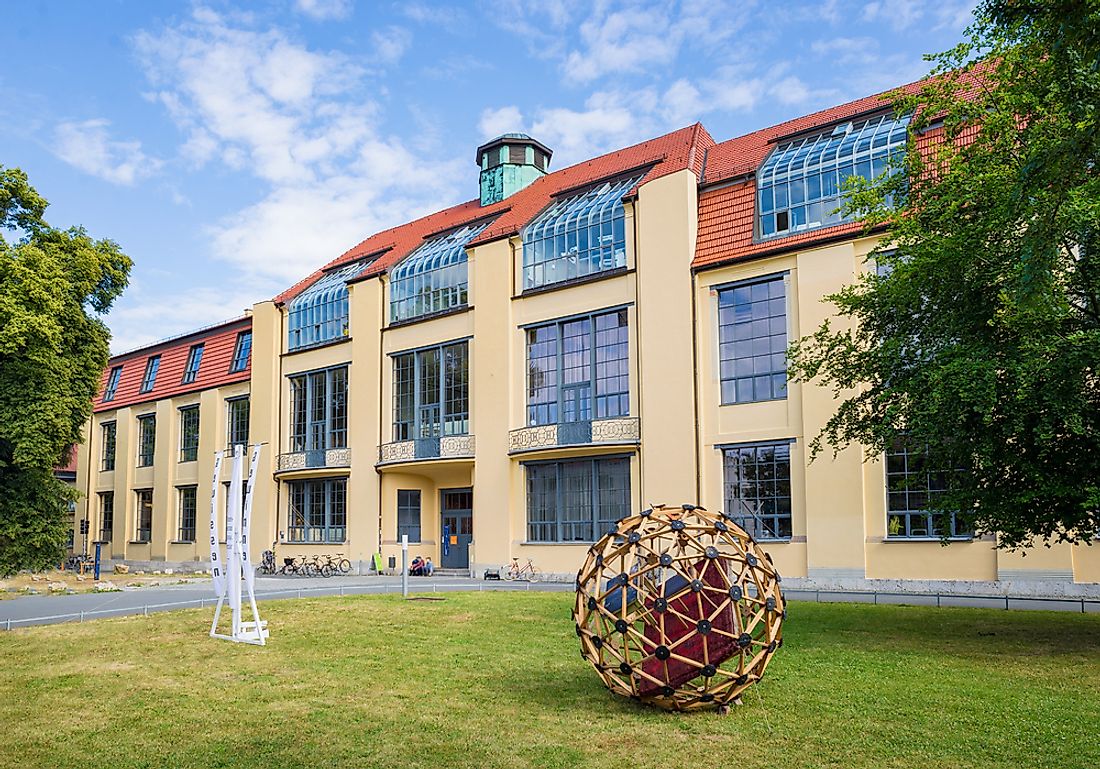What is Gesamtkunstwerk?

Gesamtkunstwerk is a German word that translates to an “Ideal work of art” and has its etymology in the essay of a German writer and philosopher K.F.E. Trahndorf in 1827. The term was again found in the two essay works of another German Richard Wagner in 1849. Wagner was an opera composer. Awareness of Trahndorff essay by Wagner has not been established. The term Gesamtkunstwerk from then found an association to Richard Wagner aesthetic ideals and the word has come to be associated with aesthetics in English.
Meaning and Application
Gesamtkunstwerk found further use in the twentieth century with some writers applying the term to some forms of architecture as well as film and mass media. Gesamtkunstwerk hence can be said to describe, "Universal, total, comprehensive, synthesis, ideal, or all-embracing art form." In simpler term, it is being used to mean a creation of art that makes use of all or many art forms or that aims at realizing the same.
Gesamtkunstwerk in Performance Art
In his 1849 essays, "Arts and Revolution" and "The Art Work of the Future", Wagner used the exact term Gesamtkunstwerk in expressing his ideal of bringing together all creations of art through theatre. His desire was emphasized in his essays by the use of expressions such as the "consummate artwork of the future" and "the integrated drama." Other than KFE Strandroff philosophers such as Gottfried Lessing and Ludwig Trek also wrote on the synthesis of arts. According to Wagner, works such as Grand Opera that characterized singing and sensational stage effects and plots were meaningless and were as a result of the contact drift in the various arts. Outlining his view of the union of opera and drama extensively, Wagner in the book "Opera and Drama" emphasized the blending together of several individual arts for a common goal. He took this idea further in his opera cyles Der Ring Nibelungen and more precisely in components Das Rheingold and Die Walkure-such work being the furthest Wagner himself and his colleagues labored in making an ideal.
Gesamtkunstwerk in Architecture
The use and application of the term Gesamtkunstwerk did influence not only the field of arts but also the field of architecture; though in later stages of its use. No explicit references exist at the beginning of the application of this term in building and construction. Gesamtkunstwerk is likewise had a ranging application such as in signifying design, overseeing totality, furnishings, perfection of landscape, and other details of a structure. Contextual use of the term came in during the Renaissance period with artists such as Michelangelo seeing no boundaries or separation in the various assignment such as architecture, interior design, sculpture, painting as well as engineering. Art hence was put across by Historian Robert Delevoy that characterized a decorative trend that contributed to the idea of architectural Gesamtkunstwerk.
Contemporary Approach
The modern approach to the idea of architectural Gesamtkunstwerk started to emerge when the Bauhaus school was established in 1919 in Weimar by Walter Gropius. The school though having specialties in specific fields namely design, art, and craftsmanship. Gropius thought that artists and architects ought to be craftsmen as well, and should have experience with other specialties to gain familiarity working with diverse materials and artistic mediums, as well as industrial design, clothes design, theatre, and music.











